Smartphones & Tablets | June 14, 2023

It is just the beginning of 2023, and we hope that this year brands will surprise us with new proposals in mobile phones. And if you are into photography, you are surely looking forward to the next phone that breaks the mold with its camera combination.
However, we cannot overlook the excellent options we have so far. So, until new phones arrive in the catalogs of the leading brands, take a look at this selection of phones with the best camera in 2023.
This selection is based on models from 2021 and 2022, following the criteria of DXOMark, featuring phones that remain in the Top Ten of the best camera offerings.
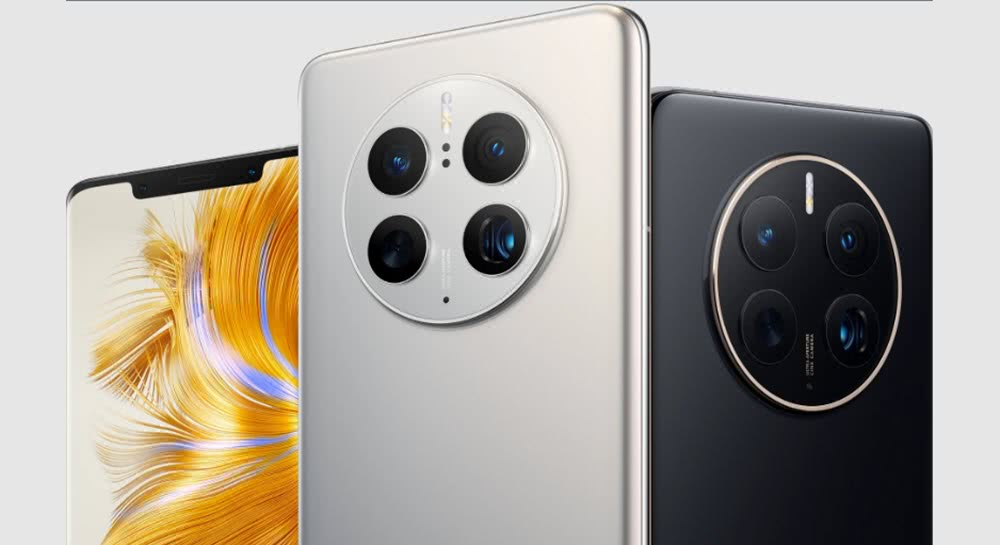
Leading the list, we have the Huawei Mate 50 Pro. A phone released in September 2022 with the following features:
As for the cameras, it has a 50MP main sensor with an f/1.4 aperture and OIS, a 13MP ultra-wide-angle lens with an f/2.2 aperture, and a 64MP telephoto lens with an f/3.5 aperture and OIS. It also features digital zoom, optical zoom, and hybrid zoom. The front-facing camera offers 13MP.
Not only does it have an impressive camera setup on paper, but you will also experience it in your shots. It excels in capturing details and handling lighting even in challenging scenes, such as nighttime photography.
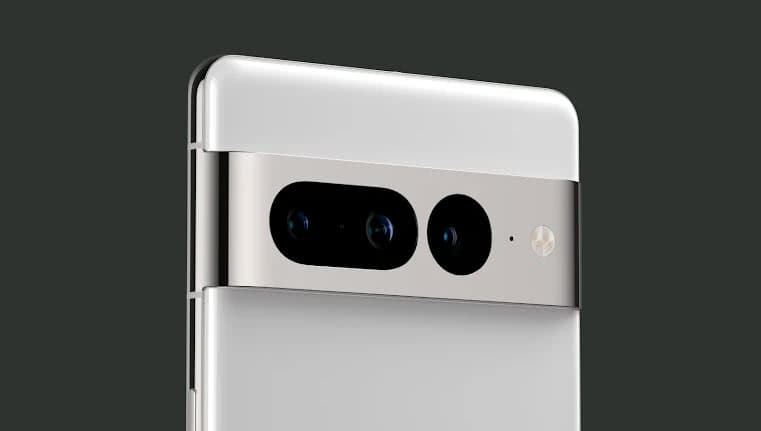
And of course, one of Google’s offerings couldn’t be missing from the best mobile camera options. A phone released in October 2022 with the following features:
In terms of cameras, it features a 50MP main wide-angle lens with an f/1.85 aperture, a 12MP ultra-wide-angle lens with an f/2.2 aperture, and a 48MP telephoto lens with an f/3.5 aperture. It also has a 10.8MP front-facing camera.
There are many highlights to mention about this combination of sensors, such as the impressive zoom performance and the natural colors that are maintained in both skin tones and the environment, even in unfavorable conditions.

This phone, released in 2022, brings together several interesting features beyond its camera proposal:
As for the cameras, the Honor Magic4 Ultimate has a 50MP main sensor with an f/1.6 aperture, a 64MP ultra-wide-angle lens with an f/2.2 aperture, a 50MP enhanced spectrum lens, and a 64MP telephoto lens with an f/3.5 aperture. It offers a powerful camera configuration that delivers color and quality in all scenarios.
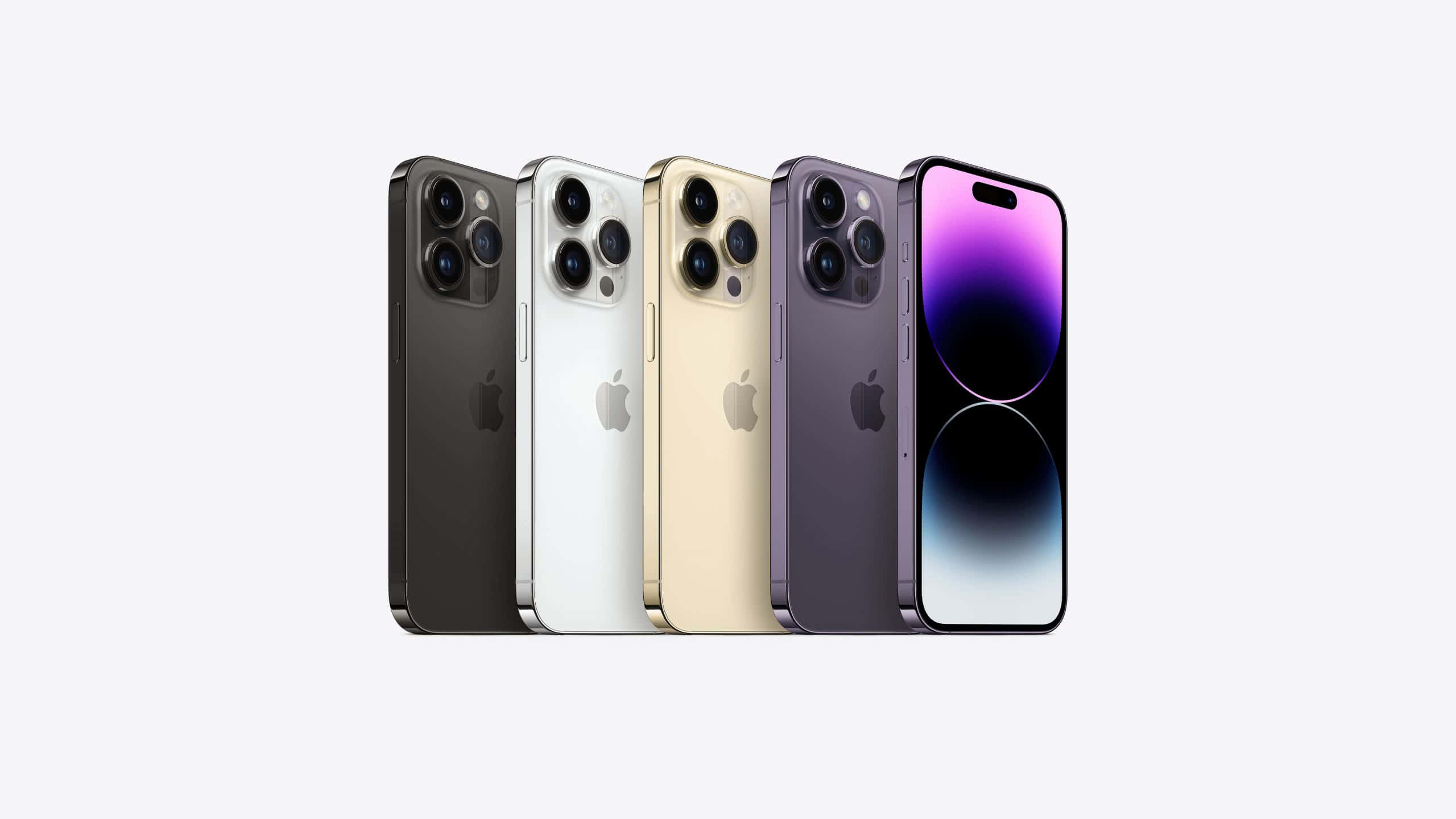
Undoubtedly, the photographic capabilities of the iPhone 14 Pro and 14 Pro Max are among their most notable features. And yes, both models have the same camera setup.
They feature a 48MP primary sensor with an f/1.78 aperture and optical image stabilization, a 12MP ultra-wide-angle sensor with an f/2.2 aperture and a 120-degree field of view, and a 12MP telephoto lens with an f/2.8 aperture and 3x optical zoom without loss of quality.
Not to forget, both models allow you to capture photos in ProRAW format at the native resolution. While it may not be an option for everyday use, you can notice the difference when capturing special scenes and taking the time to get a great shot.
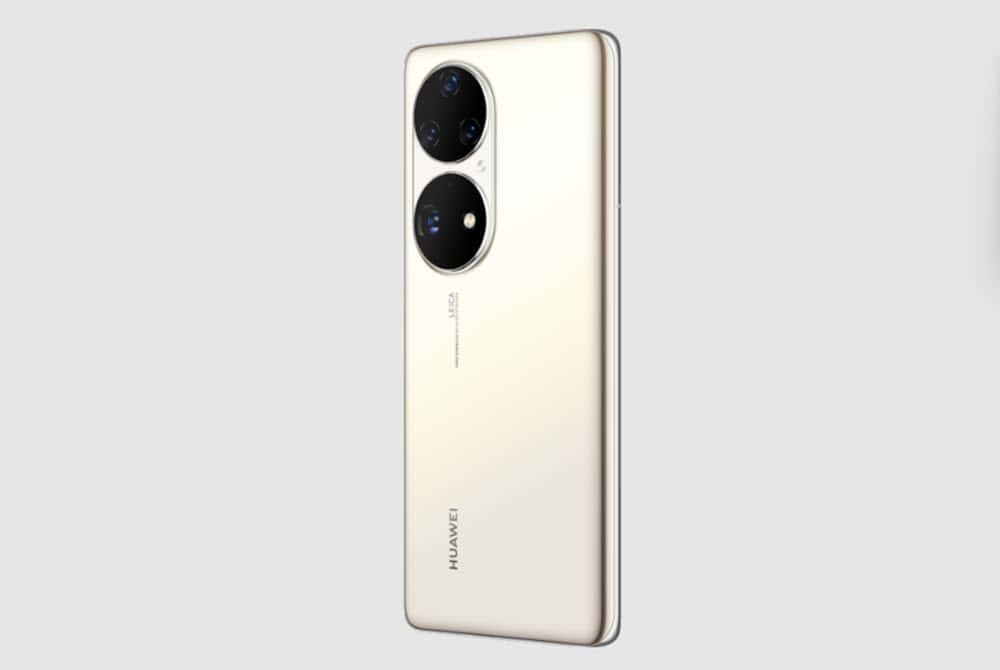
Another proposal from Huawei that enters the top ten of mobile phones with the best camera so far:
Taking a look at the photography department, under the dual circular module, we find a 50MP main sensor with OIS and an f/1.8 aperture, a 40MP monochrome sensor with an f/1.6 aperture, a 13MP wide-angle sensor with an f/2.2 aperture, and a 64MP telephoto lens with OIS, an f/3.5 aperture, 3.5x optical zoom, and 100x digital zoom. The front-facing camera offers 13MP with an f/2.4 aperture.
You’ll notice that this combination of sensors performs well in most situations. The colors remain natural, it retains details, and even in low-light scenarios, it achieves good results.
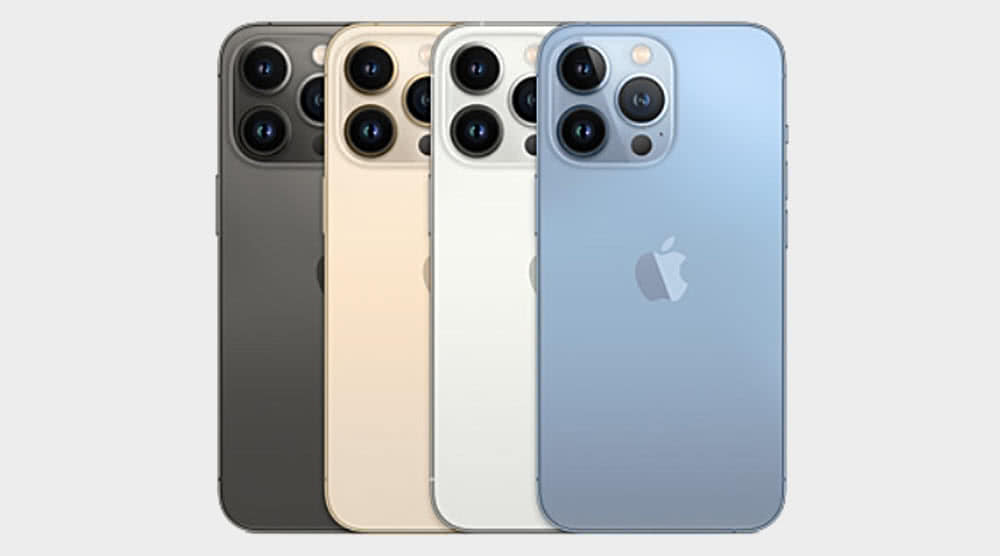
We return to Apple’s offerings, with models that were released in 2021 but continue to be among the phones that provide the best camera options.
Both models have a 12MP primary sensor with an f/1.5 aperture, 120-degree field of view, and OIS. They also feature a 12MP telephoto lens with an f/2.8 aperture and a 12MP wide-angle lens with an f/1.8 aperture and OIS. Additionally, they have the added benefit of the LiDAR sensor, which allows the device to “see” even in challenging lighting conditions, among other virtues.
In these models, you’ll witness the full potential of computational photography. Details are preserved, and regardless of the photographic style you apply, you’ll find that the colors remain true to their nature. The Intelligent HDR performs flawlessly, independently adjusting to each element in the scene.
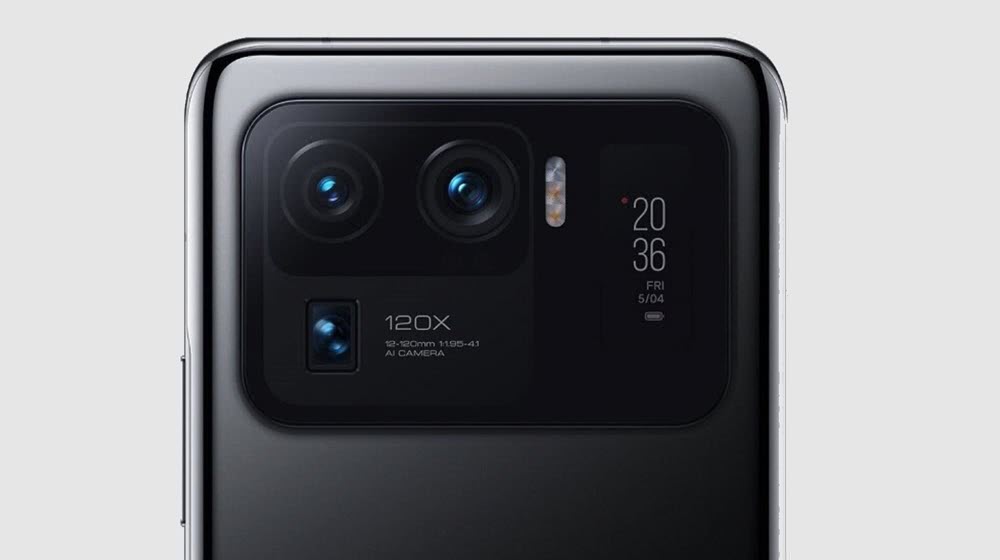
Continuing with the 2023 offerings, we have the Xiaomi Mi 11 Ultra, which grabs attention not only for its secondary display:
In terms of cameras, it offers a 50MP Samsung ISOCELL GN2 primary sensor with f/1.95 aperture and OIS, a 48MP Sony IMX586 wide-angle lens with a 128-degree field of view and f/2.2 aperture, and a 48MP Sony IMX586 telephoto lens with OIS, 5x optical zoom, and up to 120x digital zoom. The front-facing camera is 20MP with an f/2.2 aperture.
Initially, you may need to familiarize yourself with the sensors and camera modes to avoid artificial-looking results. However, with time and effort, you can capture clean shots that preserve colors and sharpness in details.
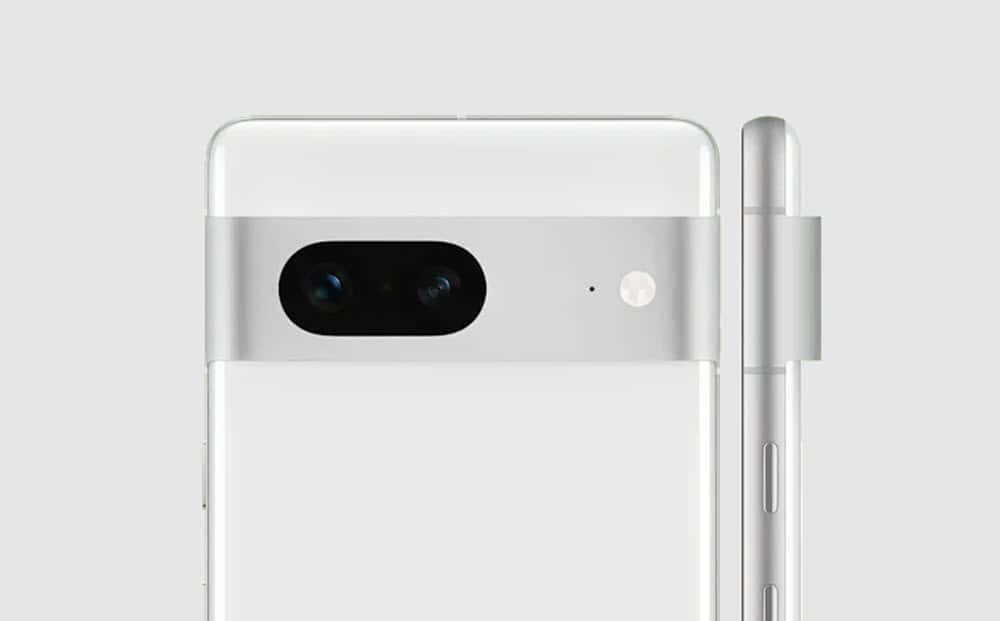
Wrapping up the top ten, we have one of Google’s latest proposals:
For cameras, there is a 50MP primary sensor with f/1.9 aperture, OIS, and EIS, along with a 12MP wide-angle lens with a 114-degree field of view and f/2.2 aperture. The front-facing camera offers 10.8MP with f/2.2 aperture.
Some of the advantages you’ll notice when using the camera for the first time are the quick focusing speed and accurate object tracking. You’ll capture plenty of details, even in elements in the background, with natural colors and sharpness. And you won’t have trouble capturing nearly any scene, regardless of the lighting conditions, although the processing can sometimes appear slightly artificial.